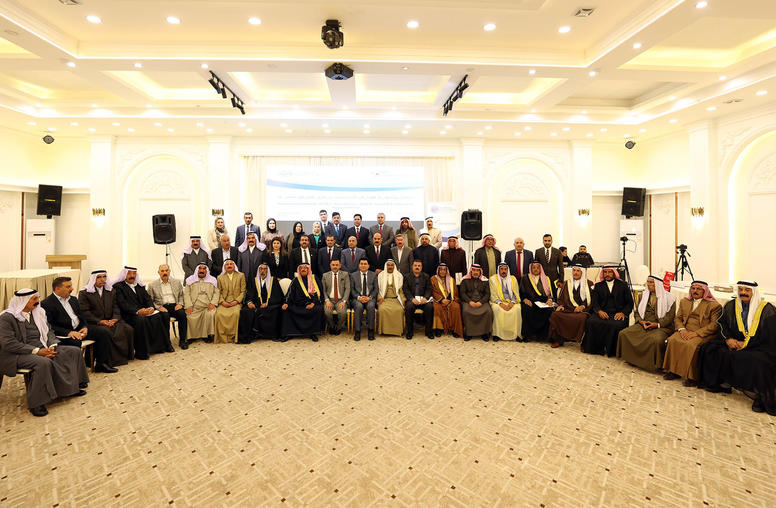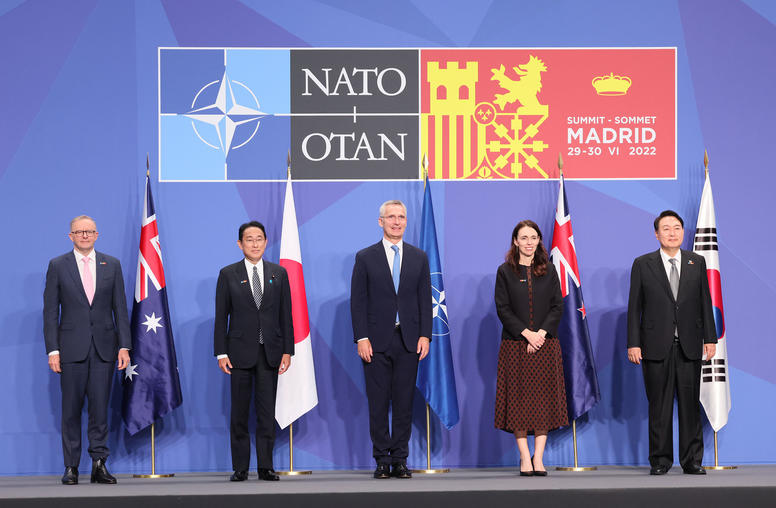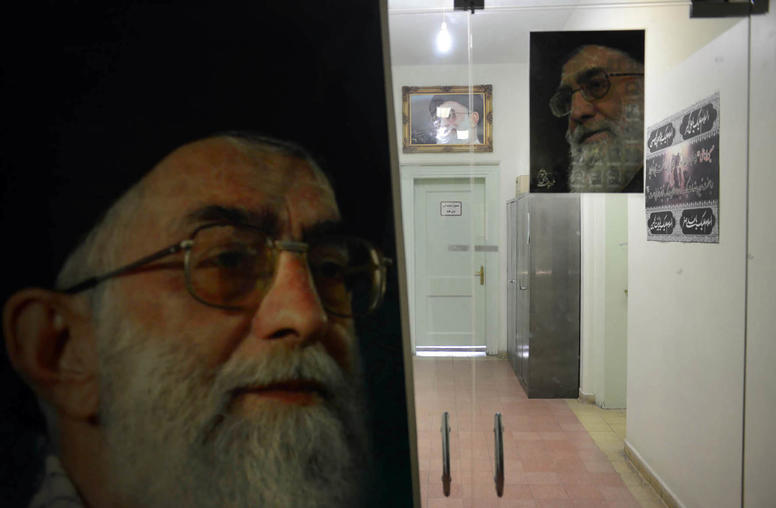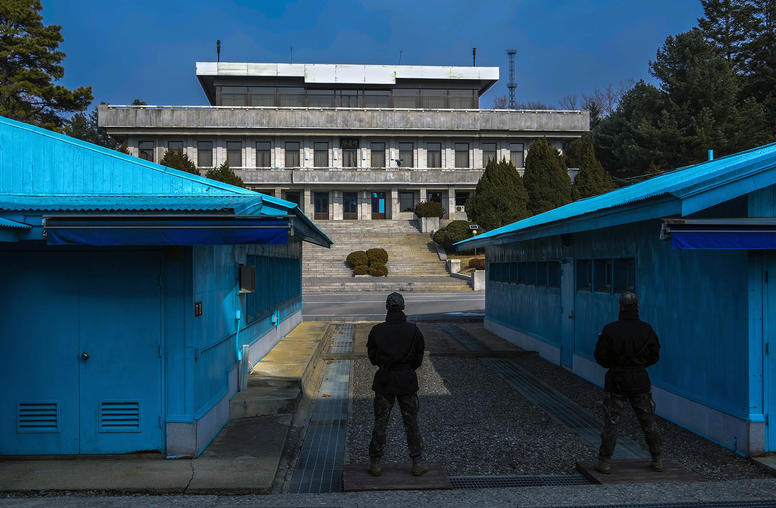Digital Inclusion in Mediated Peace Processes: How Technology Can Enhance Participation
Inclusion in peace processes is conventionally understood in “offline” terms, such as being physically present at the negotiation table. However, digital technology can support a mediator’s efforts to integrate a broad variety of perspectives, interests, and needs into a peace process. This report explores the current and future practice of digital inclusion, giving a framework for understanding the possibilities and risks, and providing examples of practical ways digital technologies can contribute to mediated peace processes.
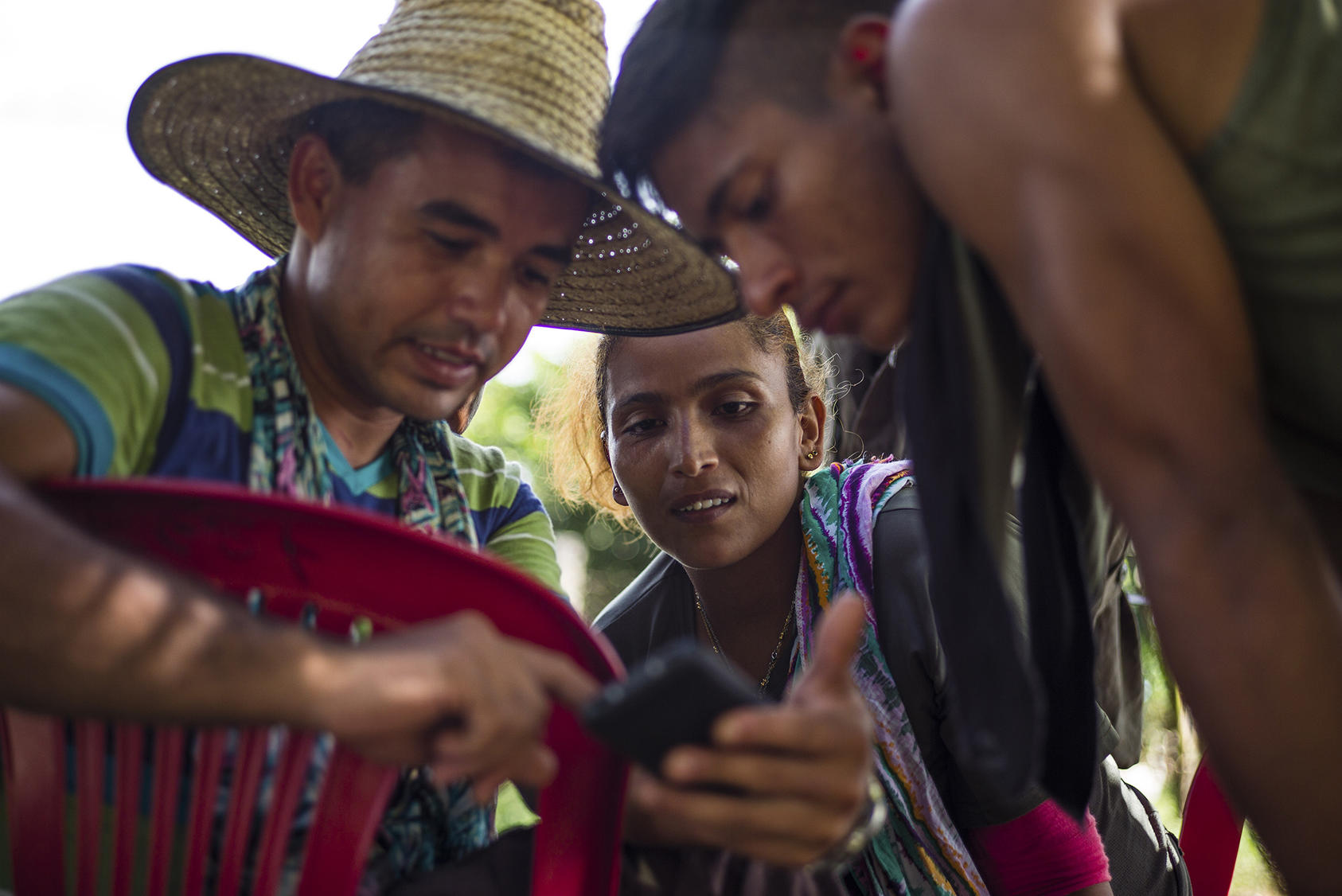
Summary
Conflict parties and stakeholders increasingly use digital technology, especially social media, to further their agendas and interests. This trend toward greater digitization of peace processes among those directly involved in conflicts, however, has only recently begun to be mirrored by those whose job it is to mediate those conflicts. Digital technology can make it easier to include a wide range of stakeholders in peace processes, but mediators have tended to neglect this potential or have focused on the risks of social media and similar technologies. A clearer understanding of the concept of digital inclusion and its practical applications is needed.
Inclusion in peace processes is conventionally understood in “offline” terms, such as being physically present at the negotiation table. However, digital technology can support a mediator’s efforts to integrate a broad variety of perspectives, interests, and needs into a peace process. More particularly, digital inclusion can serve such strategic purposes as strengthening the legitimacy of peace processes and their outcomes, empowering women and marginalized groups, transforming community relationships, and reducing threats to vulnerable groups or risks to a peace process.
This report presents a conceptual framework for digital inclusion that helps elucidate an understanding of how digital technology can contribute to any of these strategic purposes of inclusion by delivering specific functions and outputs. The use made of digital technology by mediators until now has been relatively modest, although the COVID-19 pandemic has highlighted its value. The potential applications, however, are numerous and varied, as illustrated by a range of “use cases”—scenarios depicting specific situations in which a particular technology could be applied, tailored to the context and the peacemaking challenge the mediator is confronting.
To make the most effective use of digital technology for inclusion, mediators need to consider a variety of contextual factors, not least the sociocultural and political environment, and should attempt to leverage existing technological capacity. Mediators must also carefully balance risks and opportunities. The risks are real, but they should not be exaggerated, lest mediators shy away from innovative applications that can integrate the voice of conflict parties and stakeholders into a peace process in the form of digital data.
About the Report
This report explores the concept of digital inclusion and its current and potential uses by mediators in peace processes. It lays out a conceptual framework and identifies key strategic purposes and contextual factors for effective digital inclusion. The discussion is based on surveys and interviews conducted over a year by the Centre on Conflict, Development and Peacebuilding (CCDP) at the Graduate Institute of International and Development Studies, Geneva. This work was supported through a grant from the United States Institute of Peace.
About the Author
Andreas T. Hirblinger is a researcher at the CCDP in Geneva. He conducts research on inclusive peacemaking, the impact of digitization on peace processes, and the role of knowledge-making practices in peacebuilding. His research has been published in Security Dialogue, Journal of Intervention, and other leading journals.
